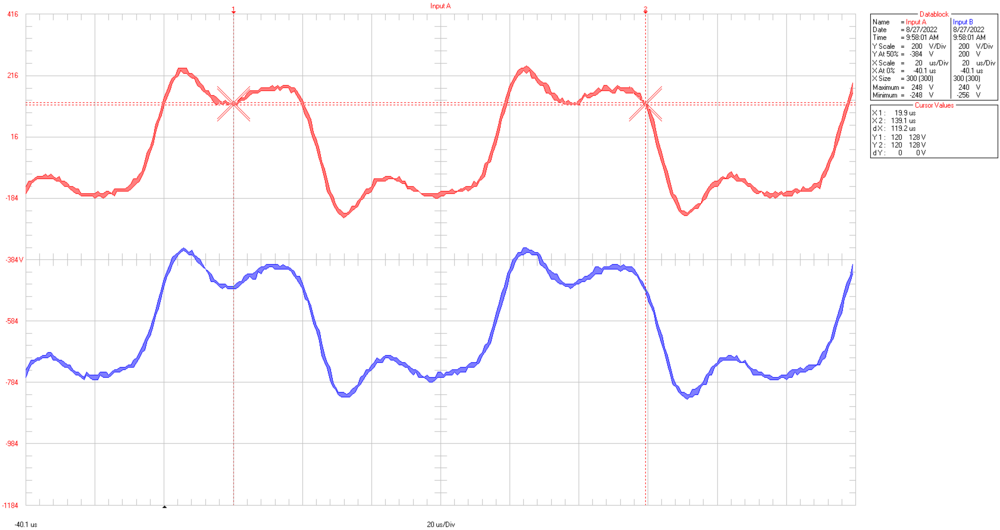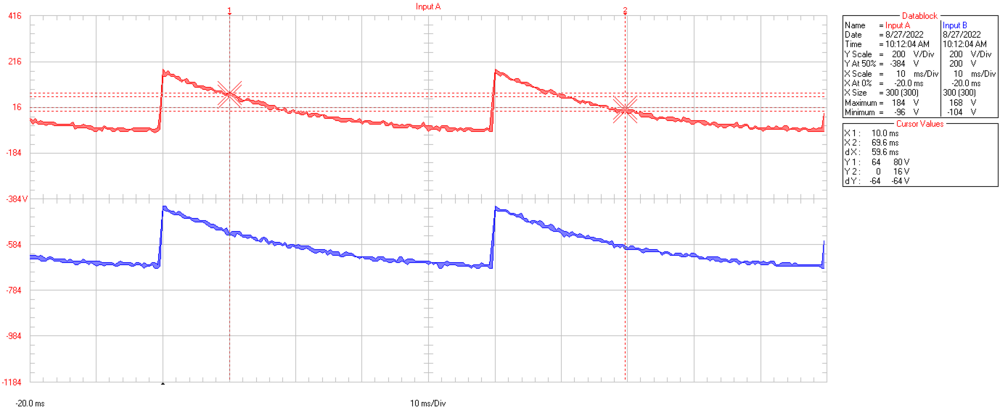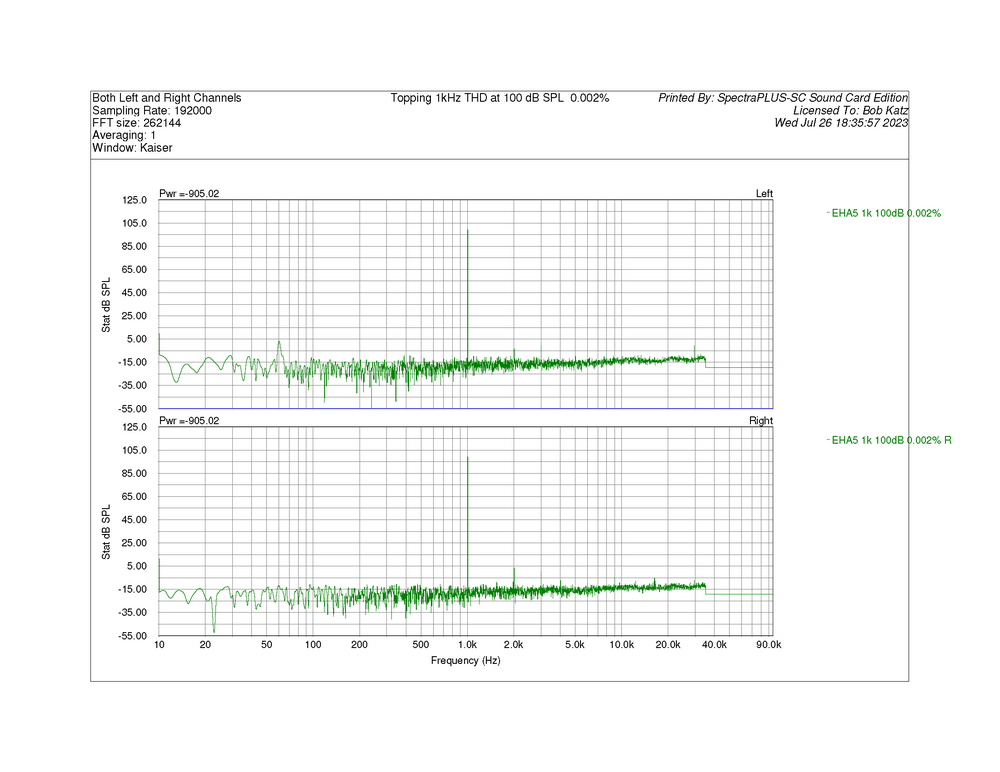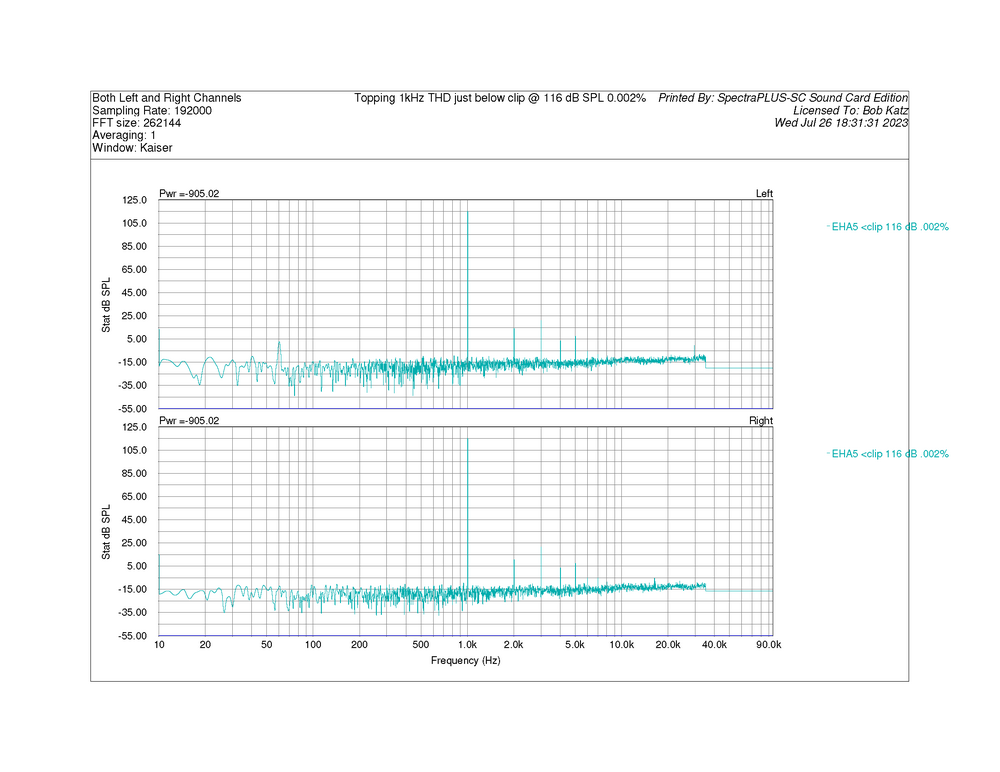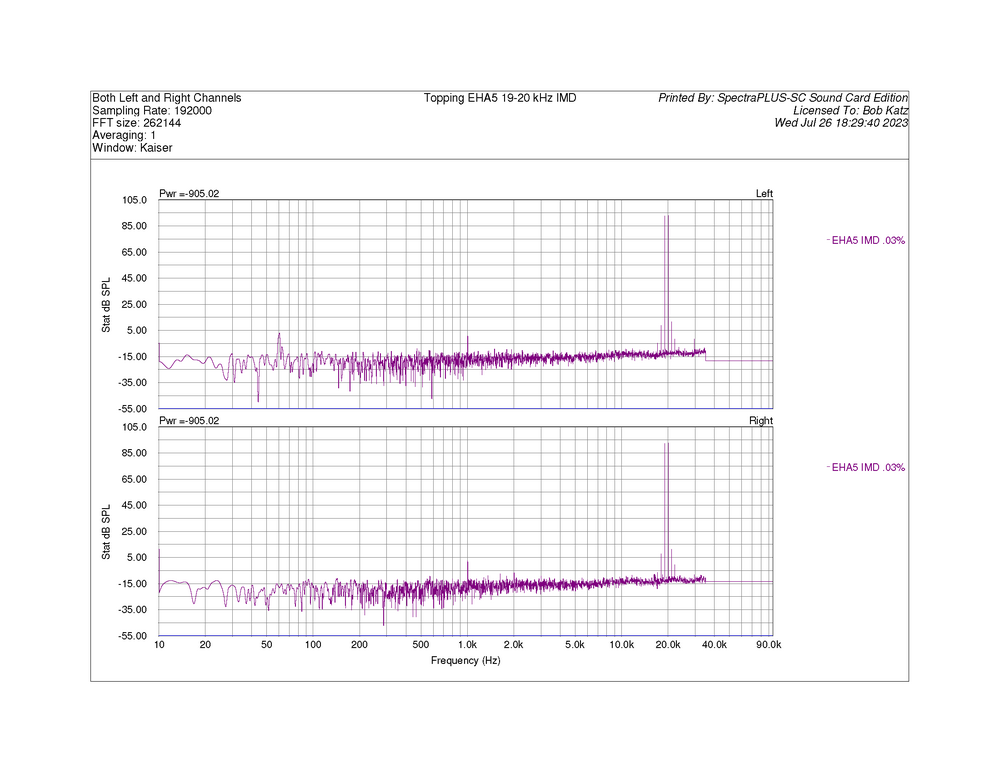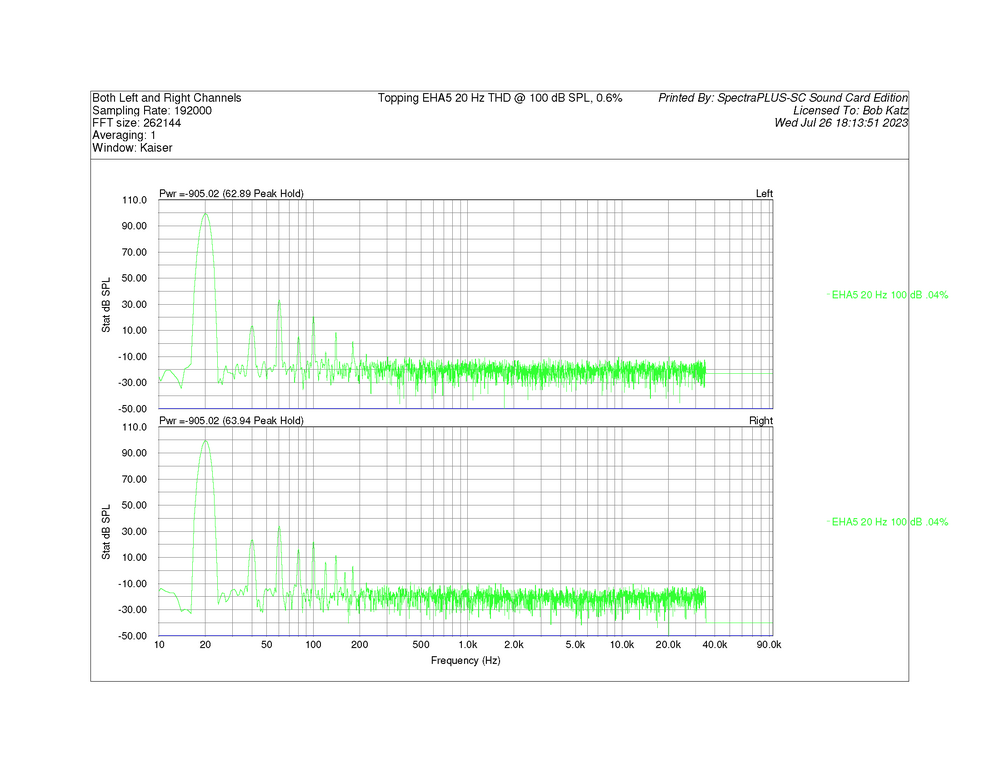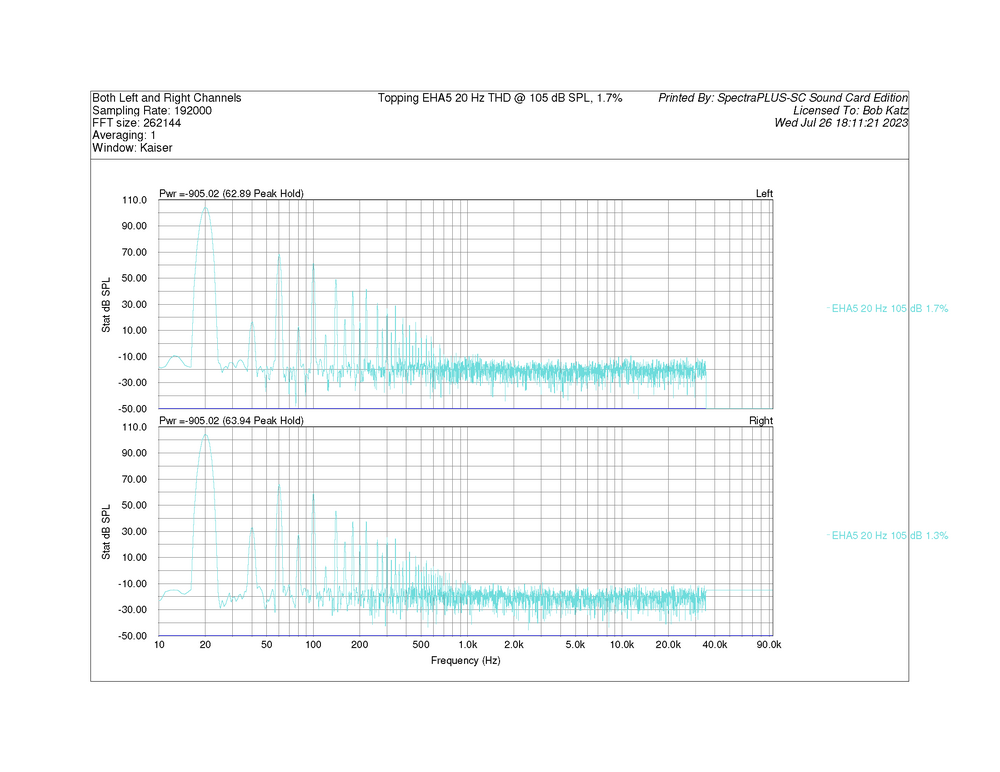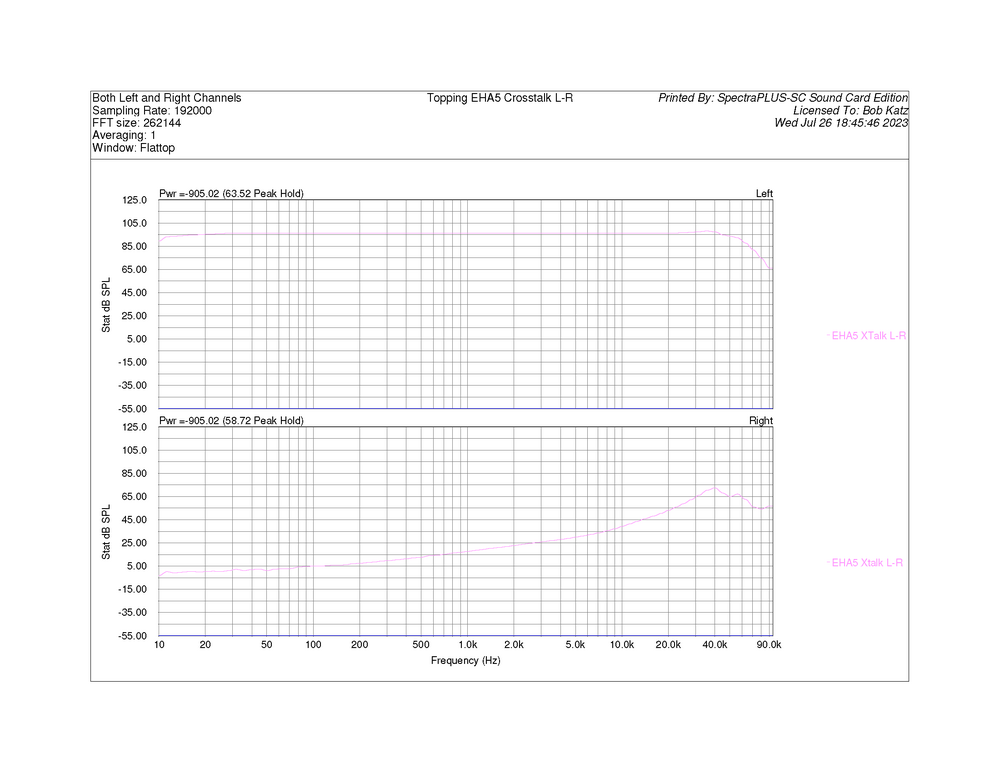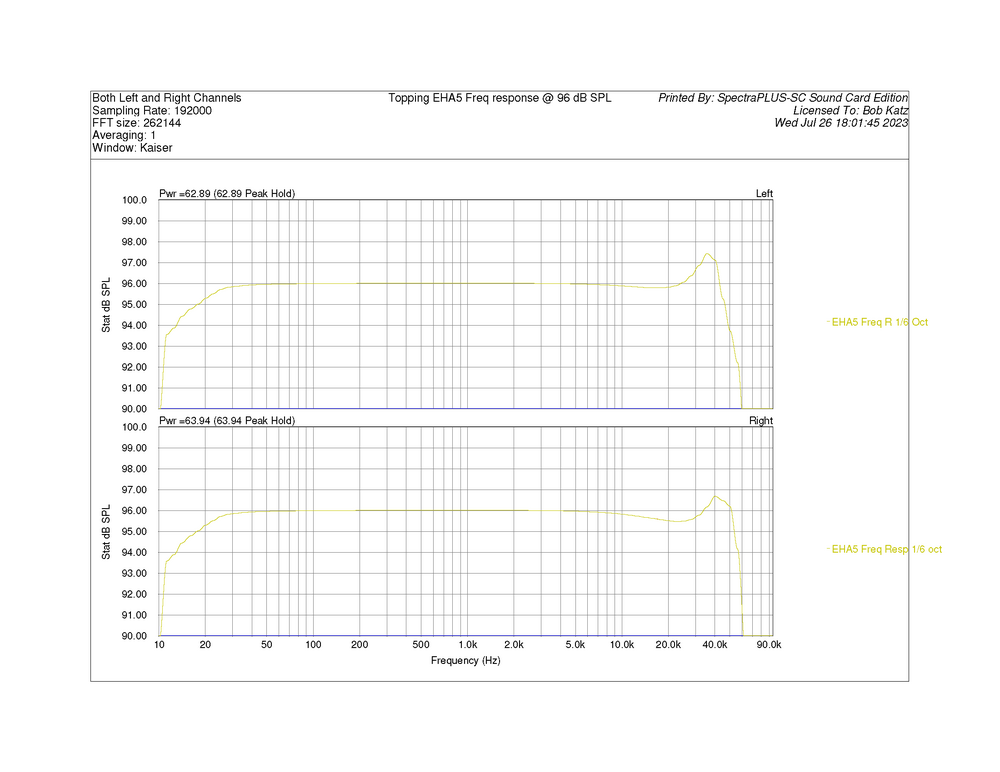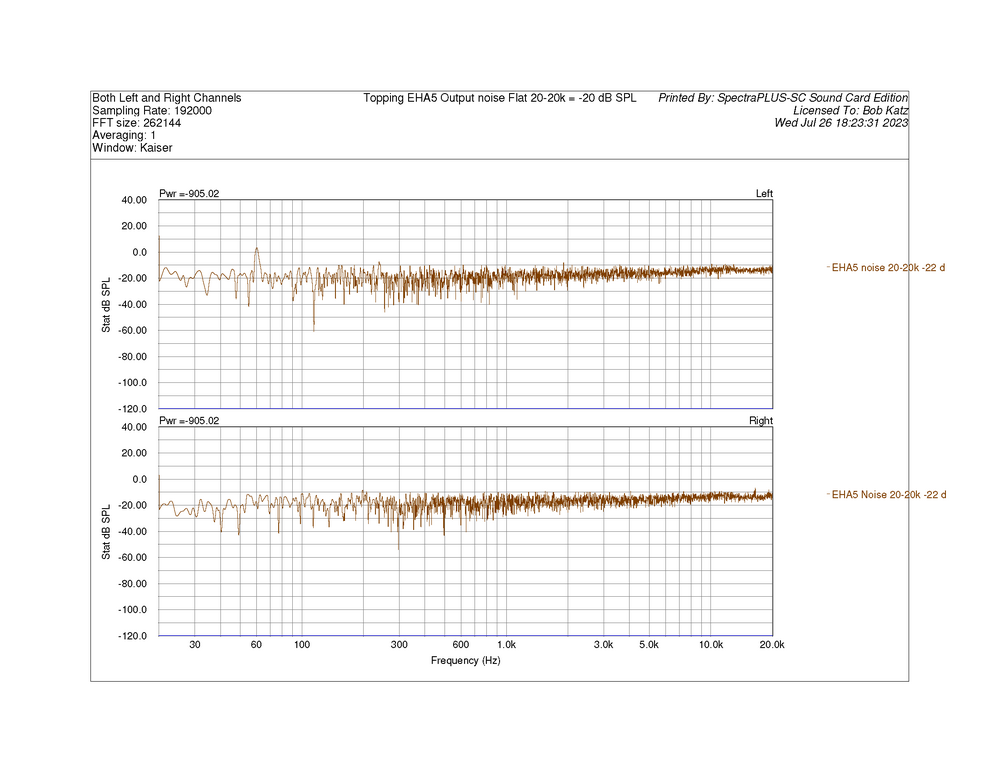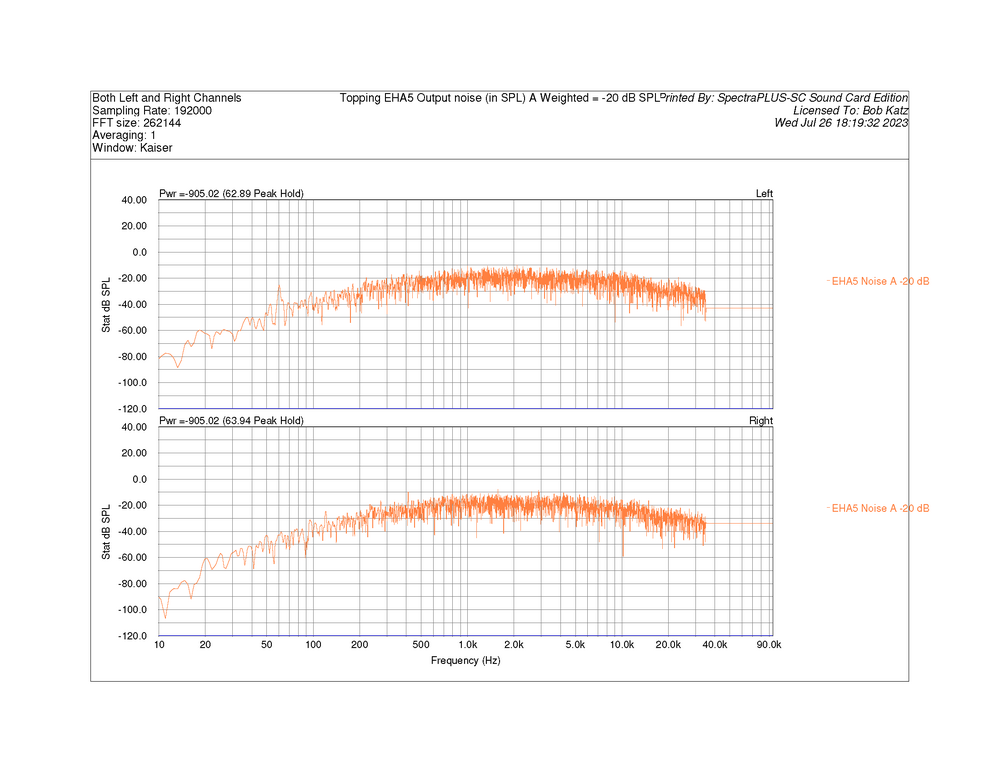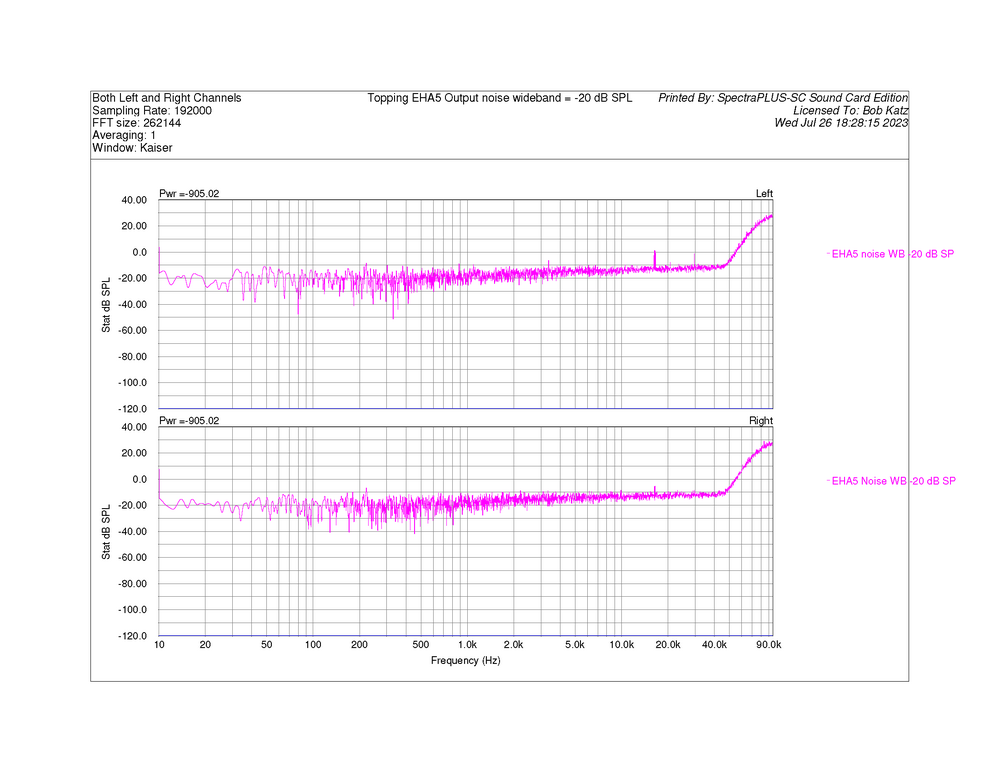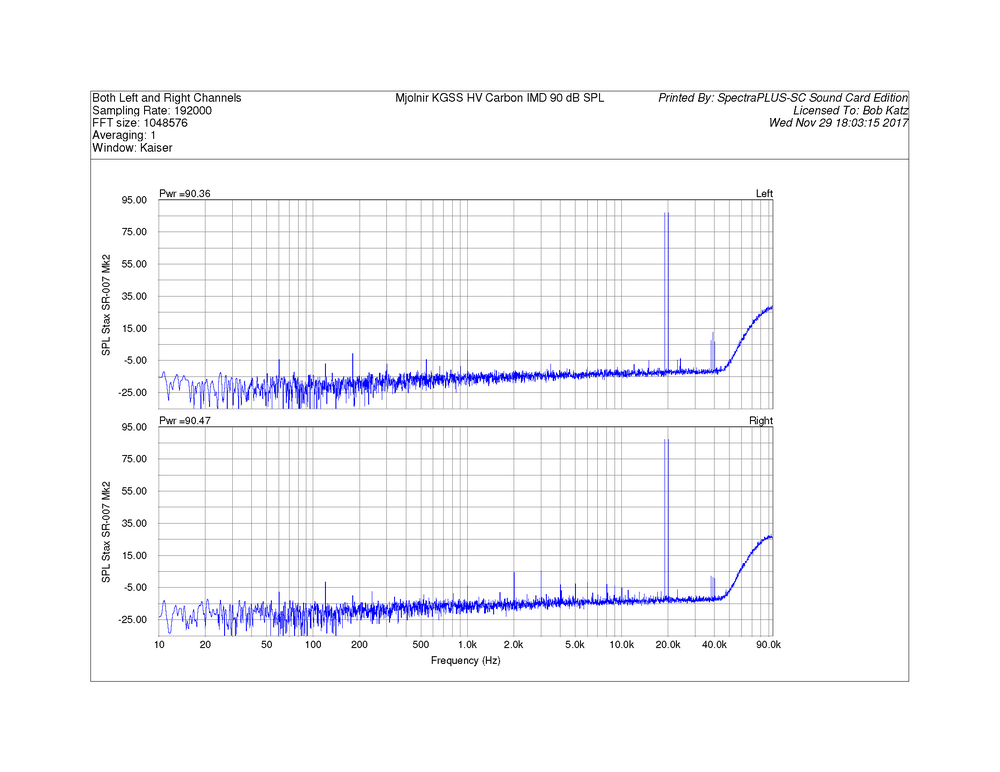Leaderboard
Popular Content
Showing content with the highest reputation on 08/01/2023 in all areas
-
I haven't found any wasp products at my local store but I did find this... 😁4 points
-
Look what arrived: Works like a charm. Big thanks to DOTU and Dr. Wood!4 points
-
4 points
-
3 points
-
3 points
-
I have not used diesel but have heard the same thing. I also have not used brake or carburator cleaner, but have read many times that they kill wasp nests effectively. What I have used many times effectively is the foaming wasp spray, especially with the long range sprayer. Always do it after dark when they are in the nest and less likely to attack you. If they are all in the open like you pic above, then it should be straightforward. Buena suerte!3 points
-
Gosh, I hope so. The way he handled That Incident, "know any good jokes?" -- he just owned it and took his lumps, instead of whining and trying to PR one's way out of it like everyone else. And he had such a unique vision of how to tell his stories. It seemed more important not to taint that legacy than anything else to him. RIP Pee-Wee Herman/Paul Reubens. Another good one lost. 😭3 points
-
+/-24v is recommended mininum for lowest distortion2 points
-
Measure across 1 resistor only. Then across the other one. Yes the voltage will change as the amp warms up. Ideally, you would do this with the amp cased and having warmed up an hour or so. Some might go as far as having the top on (or partially on) when doing this as well. When I build one, it will run at 30V. I believe Dukei's do as well (at least the one I worked on was running 30V supplies).2 points
-
Isn't 20V kind of low for a CFA3? I thought most were running at 30V? For bias, measure across each of the 1 ohm resistors. Hopefully they are about the same. I don't recall what the target output current is for a CFA3. EDIT: it appears that most have gone for 120-150mA, but some run at 200mA. Unclear whether the ones going higher were using lower voltage or not. The only CFP3 I have listened to was at +/-30V.2 points
-
2 points
-
2 points
-
2 points
-
2 points
-
2 points
-
2 points
-
I see a few problems in your calculations. First, the load impedance is the characteristic of the phones, which is listed in your headphone’s spec sheet. It is not determined by the output voltage or current capabilities of an amp, which on the other hand are the amp’s design choices. Second, the reflected impedance to the amp is affected by many factors (and follows square of the turns ratio in an ideal case). In this case, the parasitics can have a significant effect on the load impedance the amp sees. Take a measurement and you may be surprised. Third, impedance is a vector. Using a scalar value is convenient but let’s not forget its vector nature and mostly reactive for the estat phones. The 1W of driving power would then be apparent power and not real power. Last but not least, may I suggest that we limit questions and comments regarding one project to a single or a couple of threads only?1 point
-
without servo opamp, around 40mv is "normal". With servo opamp installed, it should start on turn on around 40mv-ish, and slowly go down to very near zero or zero over 30sec or less. Can also verify the Antek as-1230 is a great choice. Using 2x for my dual mono cfa3.1 point
-
Running 30v GRLVs as well. Probably the cheapest option for a transformer with a 30vac primary would be the Antec AS-1230.1 point
-
The first thing to do is power each of the GRLVs up (not connected to anything) and verify that the output voltages are correct. Once that is done you can start connecting one of the CFP3 boards at a time to the GRLV, and begin testing. You will want to remove the servo opamp, and measure: DC offset voltage from output + and - to gnd Measure the bias across the 1 ohm resistors and calculate the bias current from that These measurements should be done with the inputs shorted to ground. If you have a volume pot connected, turned down all the way works fine. I believe the 5K trimpots (RV1 and RV2 on the schematic) are for the bias, and the 10K trimpot (RV1) is for the offset. All of this is from memory though, so I could be wrong. I would strongly suggest using Kevin's protector board with this amp as it is capable of easily toasting a set of phones.1 point
-
Today I'll look some product in my local store. I hope those bugs don't get pissed off. The fire.... for now it's my second bullet 😀1 point
-
Only burn them with fire if you have a high preassure garden hose ready just in case.1 point
-
Four! Hampton Hawes 1958 https://album.link/i/1442854333 Example: Okay, looking past the whitest white guy cover ever. This is a very good album, lots of swing and well recorded. I should not have doubted it much when I read who was playing. An enjoyable listen.1 point
-
Grahame, you’re getting close to beating this guy. https://www.theguardian.com/lifeandstyle/2023/jul/31/a-new-start-after-60-at-74-i-go-to-a-gig-every-night-and-once-went-to-725-in-a-row?CMP=oth_b-aplnews_d-11 point
-
1 point
-
1 point
-
1 point
-
The blend is tasty, Jacob. I’m using it with the chemex. The blueberry and honey are there, but it’s not the blueberry bomb I’ve had in years past out of Ethiopia. I’ll provide thoughts when I get to the Guatemalan. HS1 point
-
Another Rudy recording: Somethin’ Else - Cannonball Adderley1 point
-
1 point
-
1 point
-
Land Rover 101 Forward Control - https://en.wikipedia.org/wiki/Land_Rover_101_Forward_Control My first car was a '68 Series IIA, thanks for the pics Knucks. I still want for another Rover but cannot come through the mental math of how do accomplish that goal. Maybe in retirement.1 point
-
I bought the Topping and got it this week, with hopes it could be a second or extra Stat amp. I was even planning on doing a "bargain stat amp" feature at my new journalistic home "Positive Feedback", where you can find my review of the Audeze CRBNs, for example. Anway, I'm not going to publish, I don't like to publish reviews of bad gear 😞 What a disappointment this amp turned out to be. My disappointment came in stages. The first stage was an optimistic listen: "Hey, not too bad". At that time I was listening to some simple classical and folk arrangements: with solo voices and guitar, the weaknesses of the Topping circuit are not immediately obvious. But as soon as I played more complex music, full orchestra, rock band, you name it. Where it starts to get real harsh, bloated, lose dimension is with complex music, full orchestra, rock band, you name it. The more I listened, the more I started to hate this amp. I WILL BET THAT THERE ARE MEASUREMENTS THAT WILL REVEAL THIS AMP'S WEAKNESSES. You just have to know how to find out where the bodies are buried. I did find some that clearly show its weaknesses. Attached below. Frequency response (with a 100 pf load), Output level just before clipping, THD at various frequencies at normal levels and just before clipping (spectrum and %), IMD (19-20 kHz) (spectrum and %). The one thing I should have measured is a special multitone signal I use, I bet that would show where the bodies are buried, and tell us why the amp falls totally flat the more complex the music you put into it. But I'm so disenheartened and disappointed by the sound of it that I don't have the energy to bring it back to the test bench. I like to display an amplifier's measurements in equivalent SPL, based on Stax 007 and CRBN nominal sensitivity of 100 volts RMS = nominally 100 dB SPL. It helps bring a real-world perspective to amplifier measurements. Topping Factory spec for max is 700 volts RMS (I suppose the factory took this a cat's hair below clipping and only at 1 kHz). I measured maximum output at 1 dB below clipping at 630 volts RMS at 1 kHz, equivalent to 116 dB SPL. But When performing the 20 Hz THD test, the amp's DC protection circuit kicked in and the most I could get out of it at 20 Hz with a continuous sine wave was the equivalent of 105 dB SPL, 177 volts RMS before the amp shut down. So the lower the frequency, the worst the amp's headroom for transients. Plus, the THD at low frequencies is pretty bad, the transformer saturates very strongly. To see where the skeletons are buried in this amp, take a look at my measurements. The measurements to really study is a comparison of the Mjolnir KGSS HV Carbon and the Topping at nominally 90 dB equivalent SPL of IMD 19-20 kHz 1:1 ratio. I think that lurking in that measurement is at least one of the reasons why the Topping sounds so harsh and the Mjolnir sounds so pure. The primary difference tone at 1 kHz in the spectrum does not tell the story. Notice the high frequency side bands near the 19-20 kHz that begin to reveal to us the Topping's nonlinearities. There's more in the attachments. I'm sorry that I didn't do the multitone, I will some day, when I get around to it, and I'm sure it will reveal the skeleton underneath the "golden glow" of this amp. The date in the Fluke scope pictures is wrong... it's actually yesterday, 7/28/23. I have to fix the date in my Fluke Scope. Every time the battery dies, it loses the date 😞1 point
-
Sure. The equation relating capacitance, charge and voltage is: V = Q/C where V = voltage, Q = charge and C = capacitance Taking the time differential of both sides we get: dV/dt = (1/C)*dQ/dt where dV/dt = voltage change/time = slew rate, dQ/dt = change in charge/time = current = I So: dV/dt = I/C, or C*dV/dt = I For my example, dV/dt = 30 V/microsecond, C = 100 pf, plugging everything in gives I = 3 mA for 1600 volts peak-to-peak. I used to be a physics major in a previous life. ) The reason you got a different answer for slew rate is that you are calculating for a full-power, 20 kHz signal. However, music does not contain full-power signals at 20 kHz. As Nelson Pass and Peter Baxandall found, the music power spectrum rolls off above around 5-6 kHz at a rate of approximately 6 dB/octave. Because of this, for a 100 watt amp that can swing 80 volts peak-to-peak the fastest slew rate with a music signal is 1.5 volts/microsecond up to clipping, whereas a sine wave 20 kHz signal at clipping would slew at 5 volts/microsecond for the same amp. The fact is that music signals are not that fast compared to some test signals. Multiply those results by 20 for a 1600 volt peak-to-peak signal at 20 kHz gets you to 100 volts/microsec, which is what you calculated, or 30 volts/microsecond for music signals, which is what I got. You'll get the same answer as me if you plug in a full-power signal at 6 kHz, which is what Baxandall said was needed to reproduce music. Now, the calculations in the second post assumed a signal of 800 volts peak-to-peak, which is 400 volts peak, whereas your calculation was for 800 volts peak, hence your answer is twice as high as mine. My number also includes the 1.5 mA current into the capacitative load of the headphone, and because that current is 90 degrees out of phase with the current to the resistor, the overall answer 8.1 mA (rounded off) rather than 8 mA for the resistor load alone.1 point
-
0 points
-
Super sad, but Bea was in really bad shape and Dorothy knew that she didn't want her to suffer. I'm still in denial because I saw Bea when she was sick on Tuesday but it didn't remotely enter my mind it could be terminal. I've been at my brother's since Wednesday morning so I experienced this all by text and phone. 😢0 points
-
0 points























